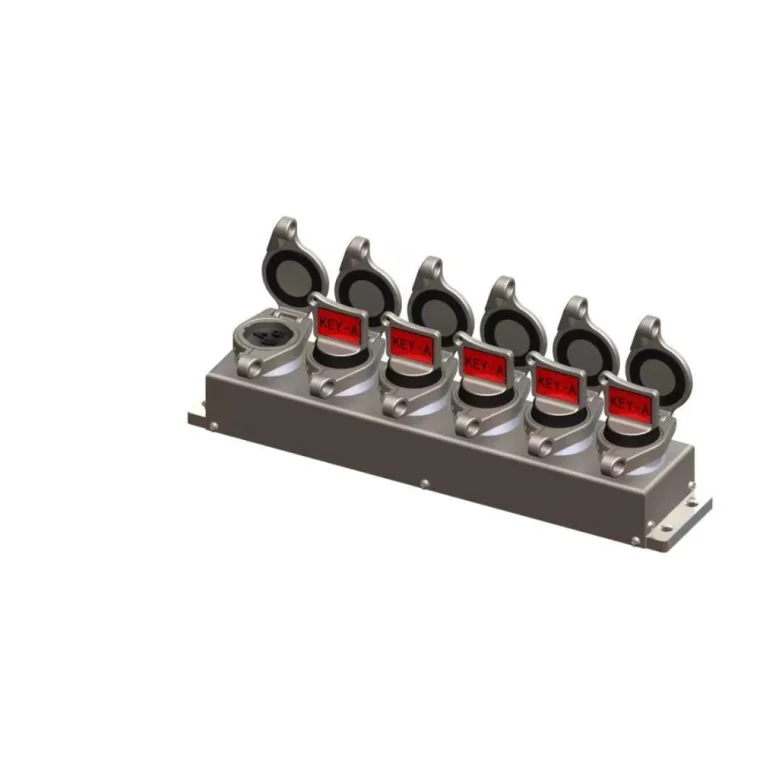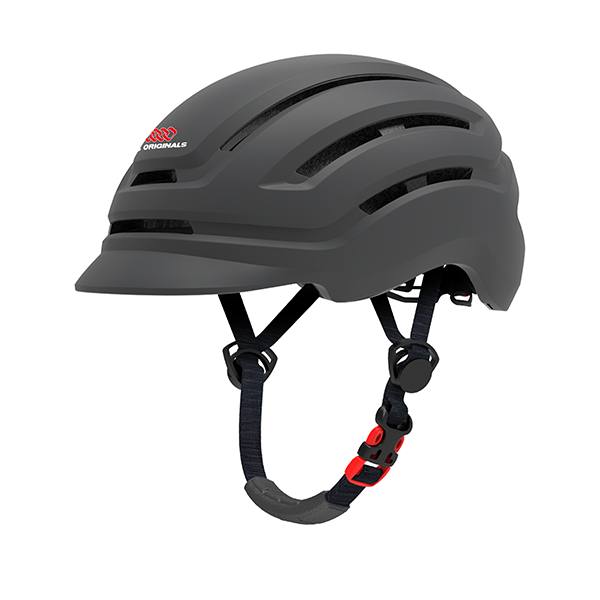In the field of modern marine engineering, equipment safety and personnel protection have always been the core issues in design and operation. With the development of technology, traditional mechanical isolation methods have gradually exposed problems such as complex operation and high risk of misoperation. Trapped key interlocking, as a safety mechanism that integrates physical isolation and logical control, is increasingly being used in marine engineering and has become an important part of ensuring equipment safety and operating specifications.
This article will explore in depth the working principle of trapped key interlocking, its specific application in various aspects of marine engineering, the safety and efficiency advantages it brings, and analyze its future development trends based on typical cases.
1. What is Trapped Key Interlocking?
The trapped key interlocking system is a mechanical safety interlocking mechanism based on "key restricted" logic. The core idea is that the relevant tasks must be completed in the prescribed operation sequence before the next operation can be unlocked.
Simply put, the key can only be taken out after a certain operation is completed, and the key can be used for the next operation. This sequential control method effectively avoids safety accidents caused by incorrect operation sequence.
Trapped key interlocking system is widely used for isolation control of dangerous equipment, such as high-voltage switchgear, motor control center, rotating machinery and equipment, safety doors, etc.
2. Safety Challenges of Marine Engineering
Marine engineering is a high-risk and high-complexity system engineering, which widely involves:
Offshore oil platform
Submarine oil and gas pipeline
Offshore wind power facilities
Floating production storage and offloading unit (FPSO)
Ship and marine engineering structure manufacturing plant
In these scenarios, there are many types of equipment, energy-intensive, and harsh environment. Human operation errors often lead to serious consequences, including:
Electric shock injury
Mechanical injury (such as being clamped by rotating equipment)
Pressure release injury
Explosion or fire
Marine pollution accident
Therefore, the safety system in marine engineering must have double insurance: on the one hand, it depends on the electronic control system, and on the other hand, it also requires physical-level mechanical isolation and operation sequence control.
This is exactly the field where trapped key interlocking can show its strength.

3. Typical application scenarios of trapped key interlocking in marine engineering
3.1 Isolation of high-voltage electrical equipment
Offshore platforms are generally equipped with a large number of high-voltage power equipment, such as substations, control centers, generators, etc. Due to the humid environment and severe metal corrosion, the electric control interlocking system has the risk of failure.
The trapped key interlocking system provides mechanical-level physical isolation:
Before maintenance, the operator must first turn off the power and lock the switch cabinet;
After the power is off, the key can be taken out;
Only this key can open the equipment cabinet door for safe maintenance;
If the maintenance is not completed, the key cannot be returned and the power cannot be restored.
Advantages: Ensure that there is no dead angle for power-off maintenance, and 100% operation sequence control.
3.2 Hydraulic system pressure isolation
Hydraulic drive is widely used in offshore platform lifting, crane arm extension, hatch control and other occasions. Once the high-pressure hydraulic system leaks or misoperates, it may cause equipment damage and personal injury.
Trapped key interlocking can be used to control the opening sequence of hydraulic valves:
The operator must first lock the pressure supply main valve;
After taking out the key, the maintenance hatch cover can be opened or the dangerous area can be entered;
If the main valve is not closed, the key cannot be pulled out, avoiding accidental entry into the high-pressure area from the source.
3.3 Power compartment channel management
In some special marine vessels or platforms, the power compartment is often closely related to high temperature, high pressure, and rotating equipment. To prevent unauthorized or wrong time entry, the channel door and key equipment are bound through a key interlocking mechanism:
When the equipment is not shut down, the channel door key is "locked";
When the equipment is shut down and the power is cut off, the key is released;
The personnel can open the door with the key to enter;
The key must be returned after leaving, otherwise the equipment cannot be started.
This method can prevent unauthorized personnel from entering the dangerous area and improve the efficiency of equipment maintenance and management.
3.4 System-level safety linkage control
In marine engineering, an operation action often involves multiple system linkages. For example, in a floating production storage and offloading unit (FPSO), oil unloading, anchoring, fire fighting, power and other systems must be synchronized and coordinated.
Through trapped key interlocking, cross-system interlocking can be constructed:
Oil unloading must be completed after anchoring is stable before the key can be released;
The fire protection system must be tested and qualified before the high-pressure pump group can be started in linkage;
If an abnormality occurs, the key cannot be transferred and the system enters protection mode.
This combination of "process logic + physical key" effectively reduces the risk of operational conflicts.
4. Typical application case analysis
Case: Safety interlocking project of power system of a deepwater platform in the North Sea
The power system of this platform includes multiple diesel generators, fuel delivery pumps, high-pressure air compressors and other equipment. The traditional electronic control system was found to have the risk of "misunderstanding lock" during multiple maintenance processes. After the platform introduced the trapped key interlocking system:
All maintenance operations must be powered off first and the only key must be obtained;
Entering the cabin for maintenance must be carried out with a key;
The key must be returned after the maintenance is completed before power can be restored.
Within half a year of going online, the operational compliance rate increased from 86% to 99.7%, and personal injury accidents were reduced to zero, which was commended by the North Sea Safety Committee.
In the high-risk and high-reliability industry of marine engineering, trapped key interlocking has become an important means to ensure equipment safety, protect personnel lives, and improve management efficiency with its advantages of high mechanical logic reliability, strong mandatory operation sequence, and strong environmental adaptability.
With the continuous expansion of application scenarios and the development of intelligent upgrades, the trapped key interlocking system will play an increasingly critical role in the safety protection system of marine engineering, helping to create a safer and more efficient deep-sea industrial future.
If you need a customized trapped key interlocking solution, please contact our professional team to provide a customized interlocking safety solution for your marine project.
www.nudango.com
Shanghai Nudango Safety Equipment Co., Ltd.





+ There are no comments
Add yours